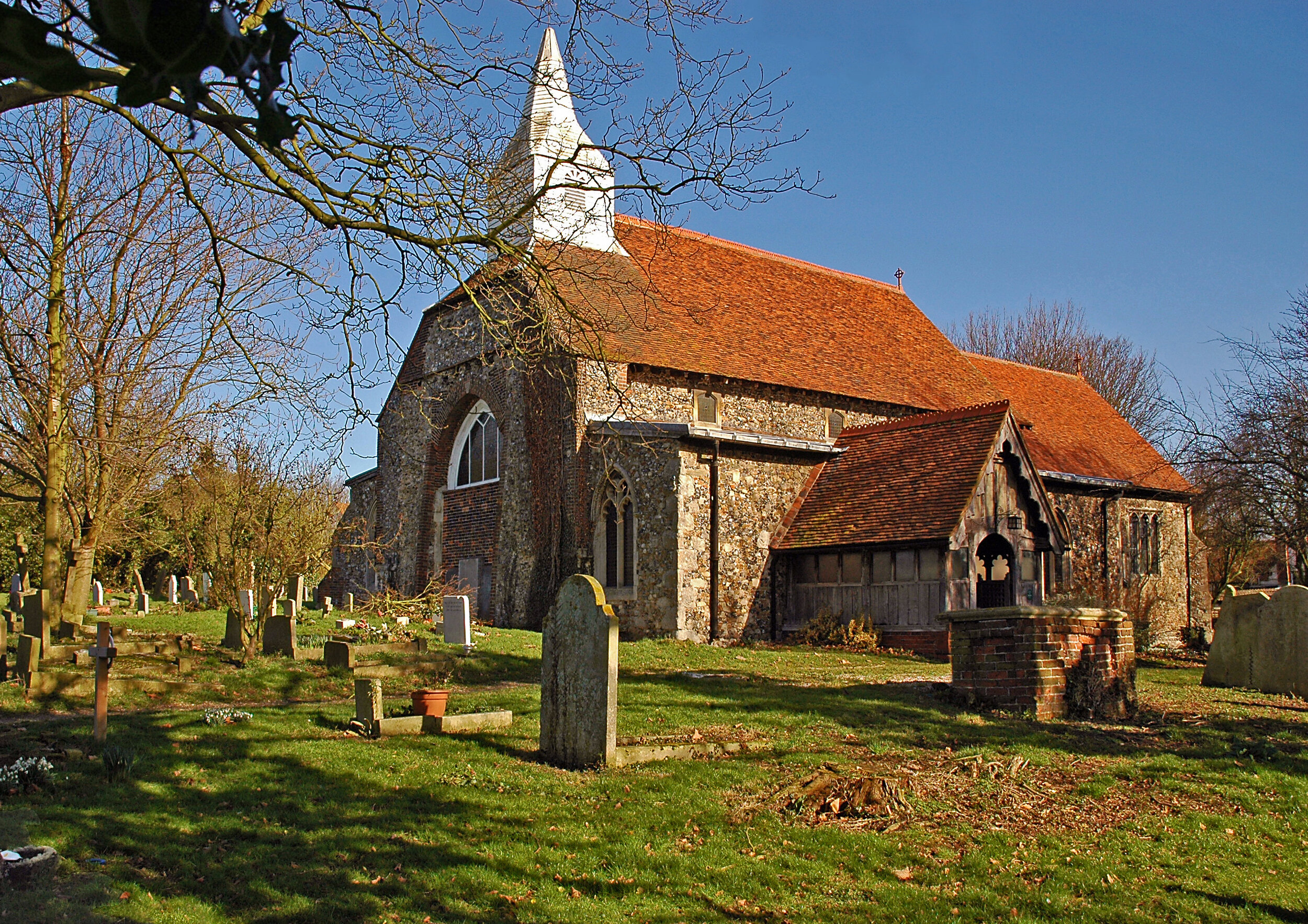
Funerals & Burials
It is always distressing to lose someone close to you. Our Priest in charge (Contact) can help and support you through what is bound to be a difficult time.
The first step in arranging a funeral is normally for the next of kin to contact a funeral director. The funeral director will meet you to discuss your wishes and then, if the person who has died was living in our parish or was connected with our churches’, they will contact us.
Burials
Who can be buried or have their cremated remains interred in the Churchyard?
The Parish of Woodham Ferrers and Bicknacre still has an "open churchyard", which means that burials are still allowed as long as there are spaces remainin
There is a legal right for anyone
who was a parishioner at the time of death, or
who died in the parish, or
whose name was at the date of death on the church electoral roll of the parish
to be buried, or have his/her cremated remains interred in the churchyard provided that the churchyard has space available.
People who live outside the parish, but have some strong connection there may also be allowed a burial space, but this is at the discretion of the Parish Minister and depends upon available space.
When is it possible to reserve a Grave Space?
It is sometimes possible to reserve a special grave space in advance for the burial of a body in the churchyard. This can only be authorised by a Faculty granted by the Chancellor of the Diocese.
Size of graves
New graves are dug deep enough to allow two full burials. An unlimited number of cremated remains can also be interred in family graves.
Gravestones
Churchyards are unlike public cemeteries where lots are purchased. In a churchyard, the graves always remain under the control of the church, and the Diocese provides guidelines for new stones.
There are regulations regarding the size, shape, colour, decoration, inscriptions, etc., which apply to gravestones within churchyards.
Applications for new stones cannot be made earlier than six months following a burial. Once you select a stonemason or memorial dealer, they should be told that we follow diocesan guidelines and they will provide you with a CR1 form to sign and complete.
Any proposed stone which does not meet with the diocesan guidelines must be submitted through the Faculty process, which requires agreement of the local Parish Church Council as well as the Diocesan Chancellor, who is the bishop's legal officer. This can be a long process and a favourable outcome cannot be assumed.
Replacing gravestones
Because of the protected nature of the churchyard and everything in it, no stone can be replaced without going through the Faculty process described.
Burial of Cremated Remains
The churchyard has a special area dedicated to the burial of cremated remains. Only cut flowers are allowed on the lawn area. The burial area is kept as a simple lawn. However, individual memorial tablets can be placed over the cremated remains by arrangement with the Priest in Charge.
St. Mary’s also maintains a Book of Remembrance and arrangements can be made for your loved one to be recorded there
Any further questions or queries about our churchyard, funerals and burials should be directed to the Priest in charge or the Churchwarden. (Contact)
The following regulations have been agreed by the Parish Church Council and are posted in churchyard.
Churchyard regulations for the Diocese of Chelmsford
What is allowed
All monuments, including vases, must comply with diocesan guidelines and must be authorised by the Incumbent of the local church or the Chancellor of the Diocese. This includes any new inscriptions to existing stones.
Cut flowers, bedding plants, or planted bulbs are allowed in front of the gravestone in an area 2 feet wide by 5 feet long.
Holly wreaths are allowed at Christmas time.
In the area for interment of ashes, only cut flowers are allowed.
What is not allowed
No artificial flowers of any kind are allowed in any Church of England churchyard. The only exception to this is for poppies on Remembrance Sunday.
No trees, shrubs, or roses are allowed to be planted on or near graves
No new kerbs, fencing or edging of any kind are allowed around graves.
Except for those authorised as part of the headstone, no pots, vases, garden ornaments, or plaques are allowed.
The Incumbent and the local Parish Church Council (PCC) retain the right to remove anything from the churchyard which does not comply with these regulations.

